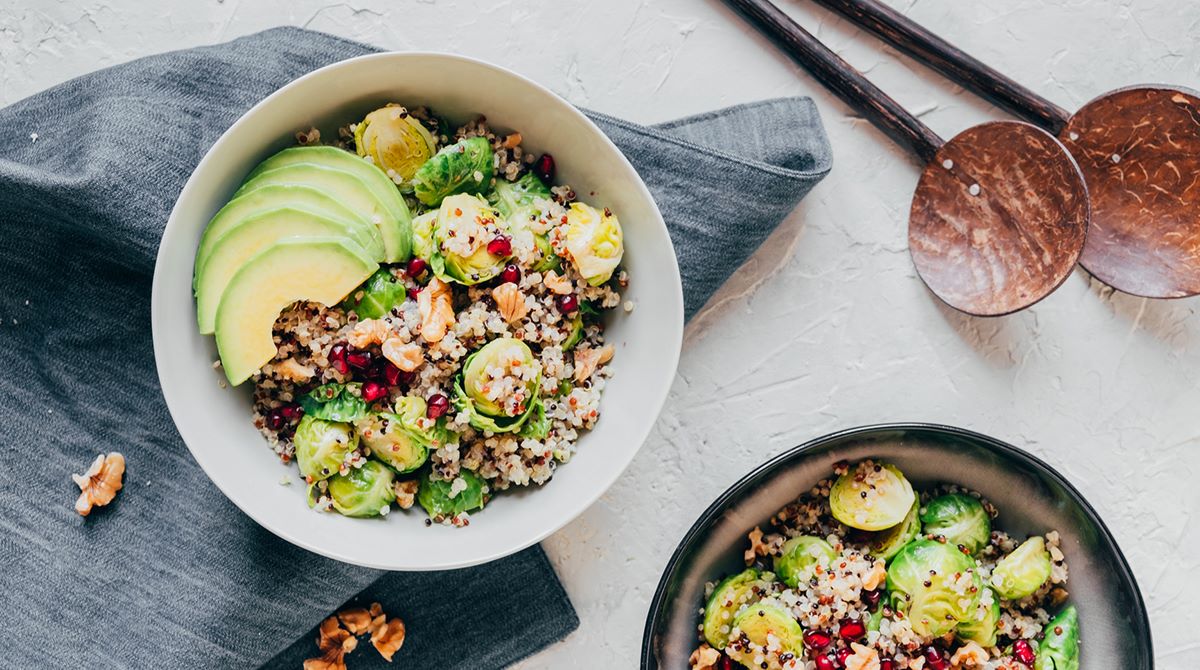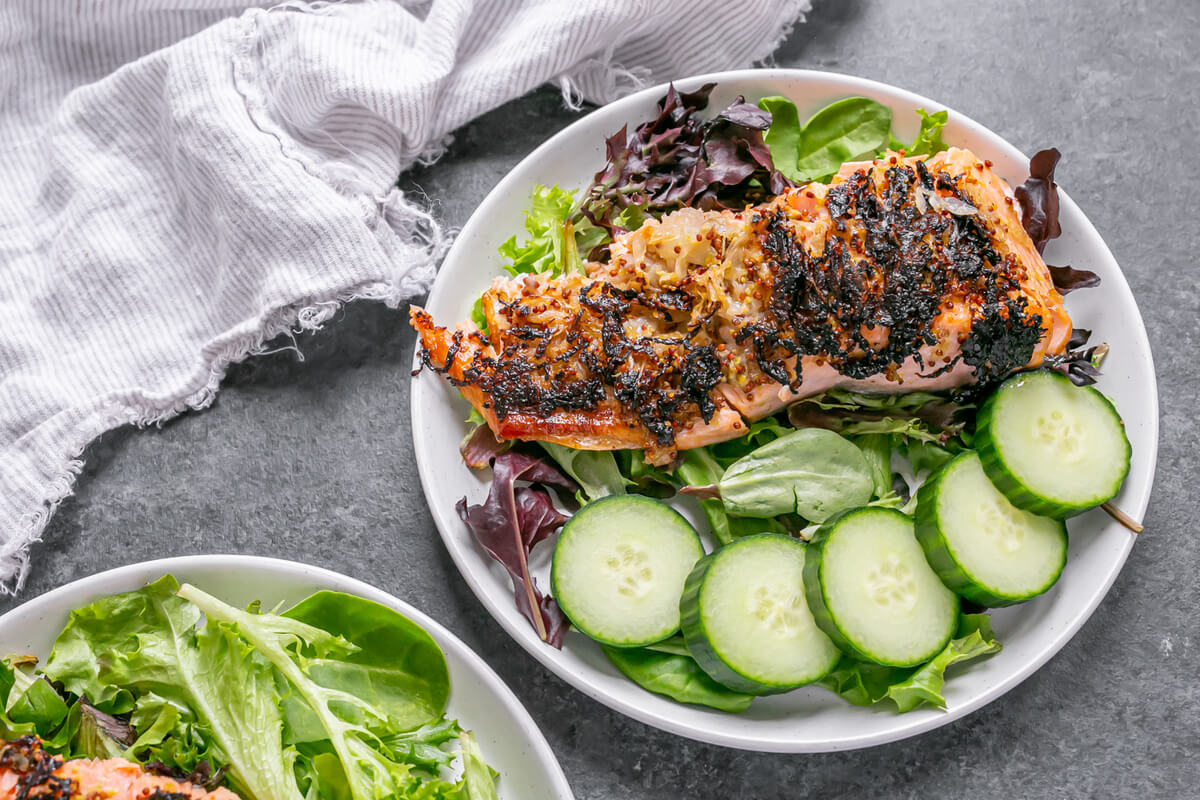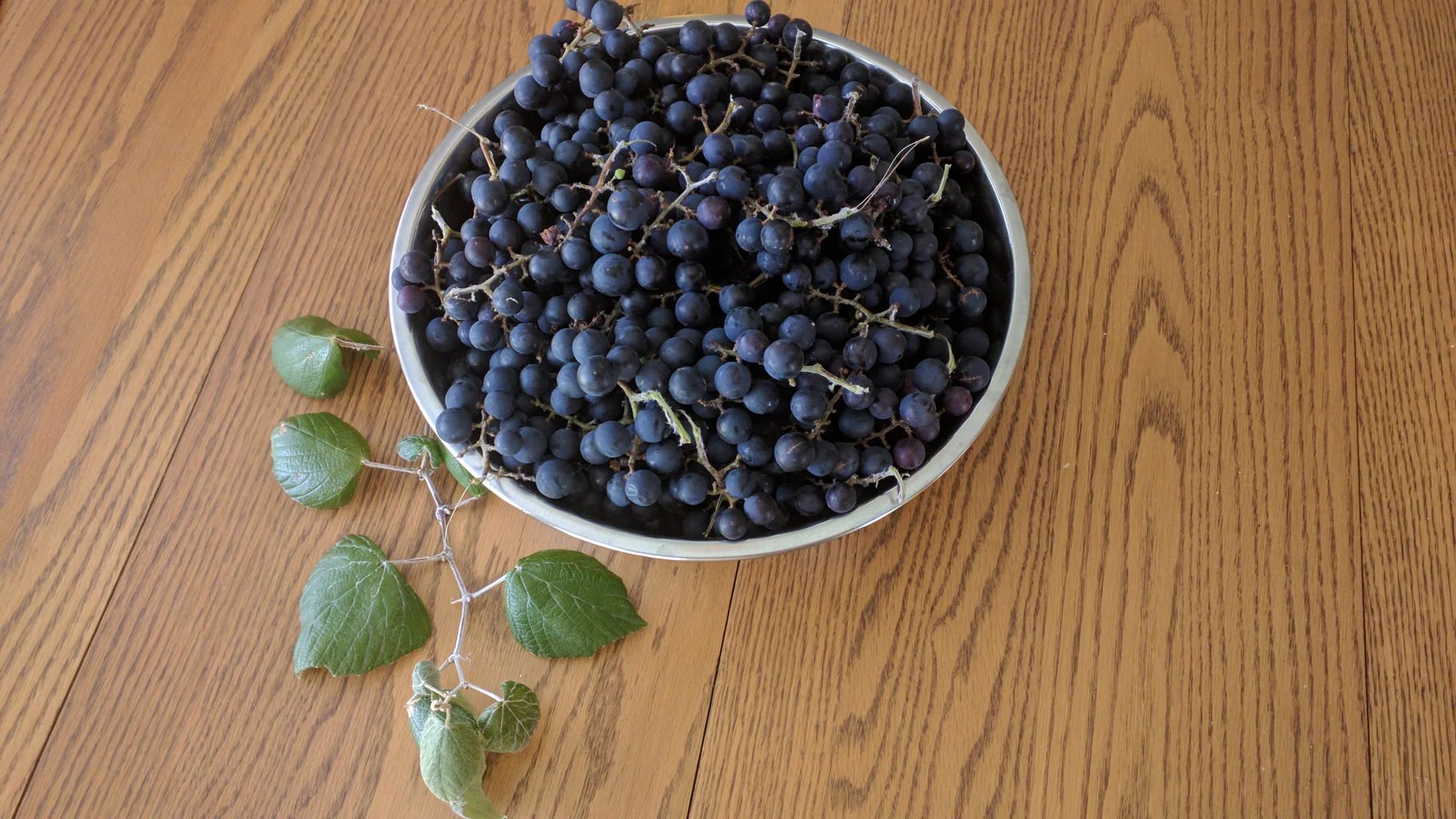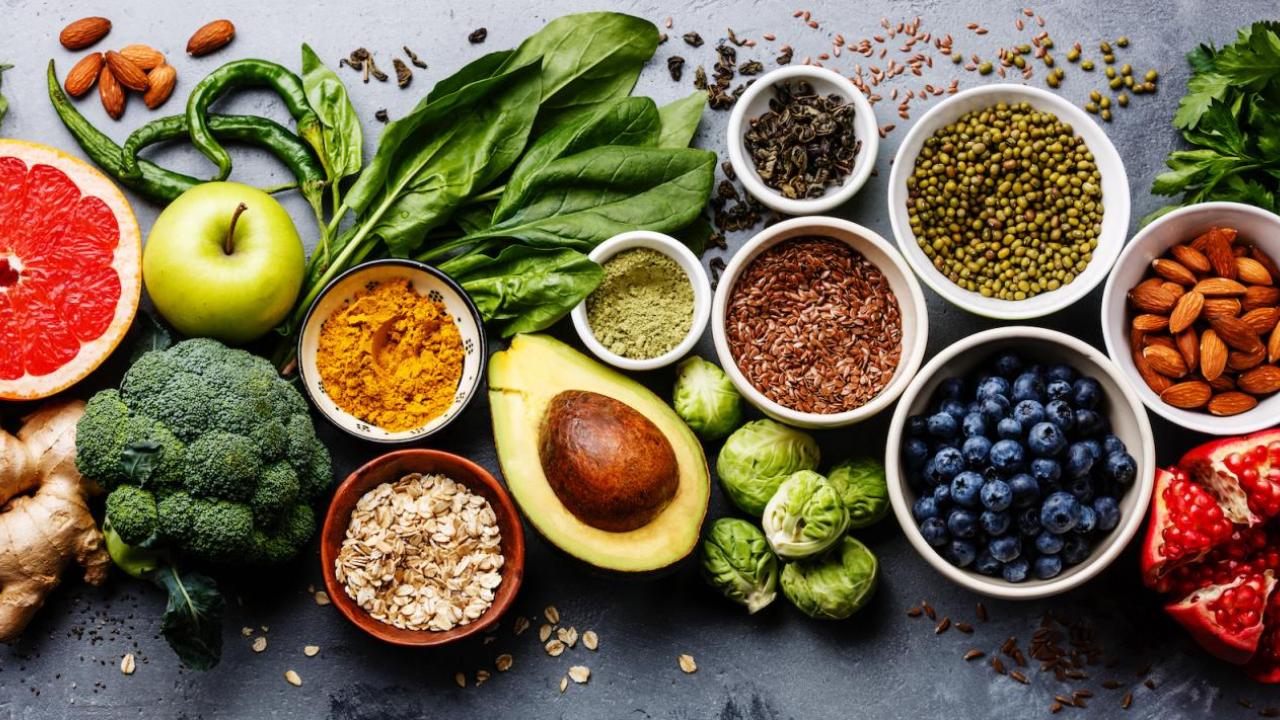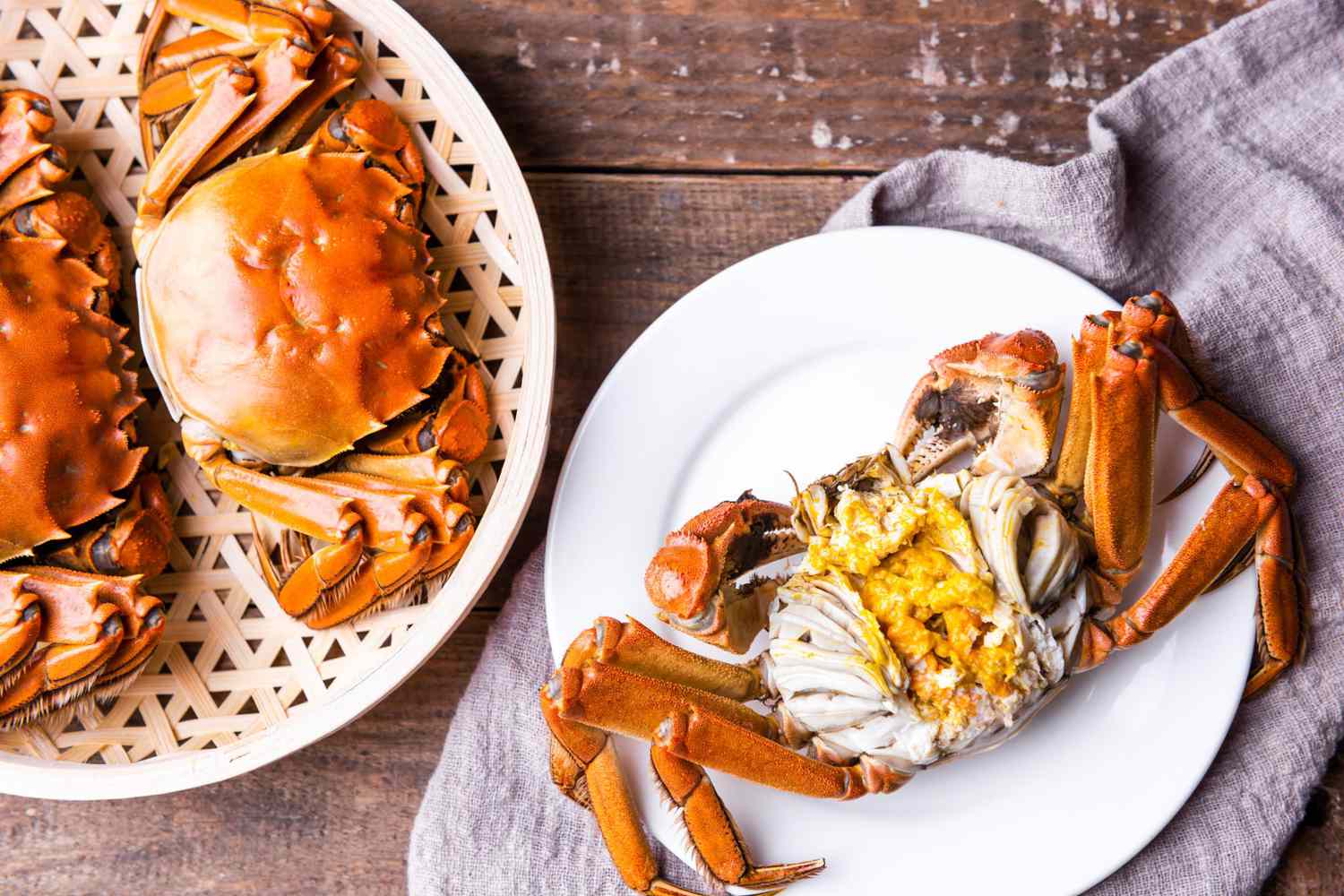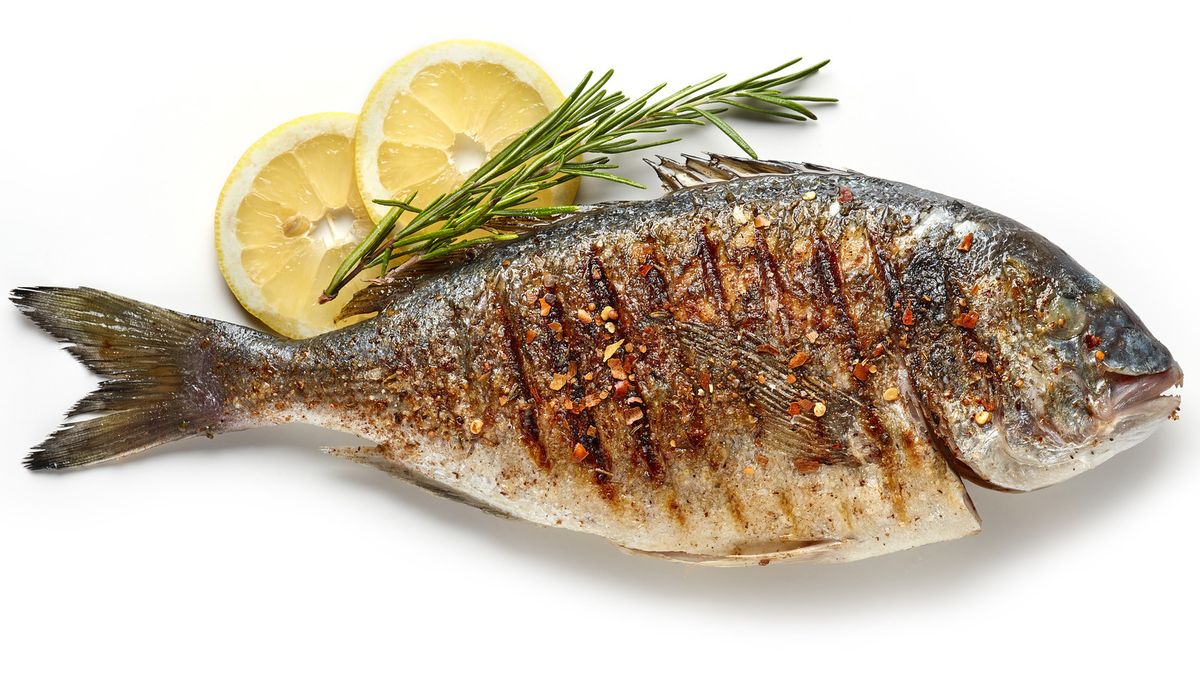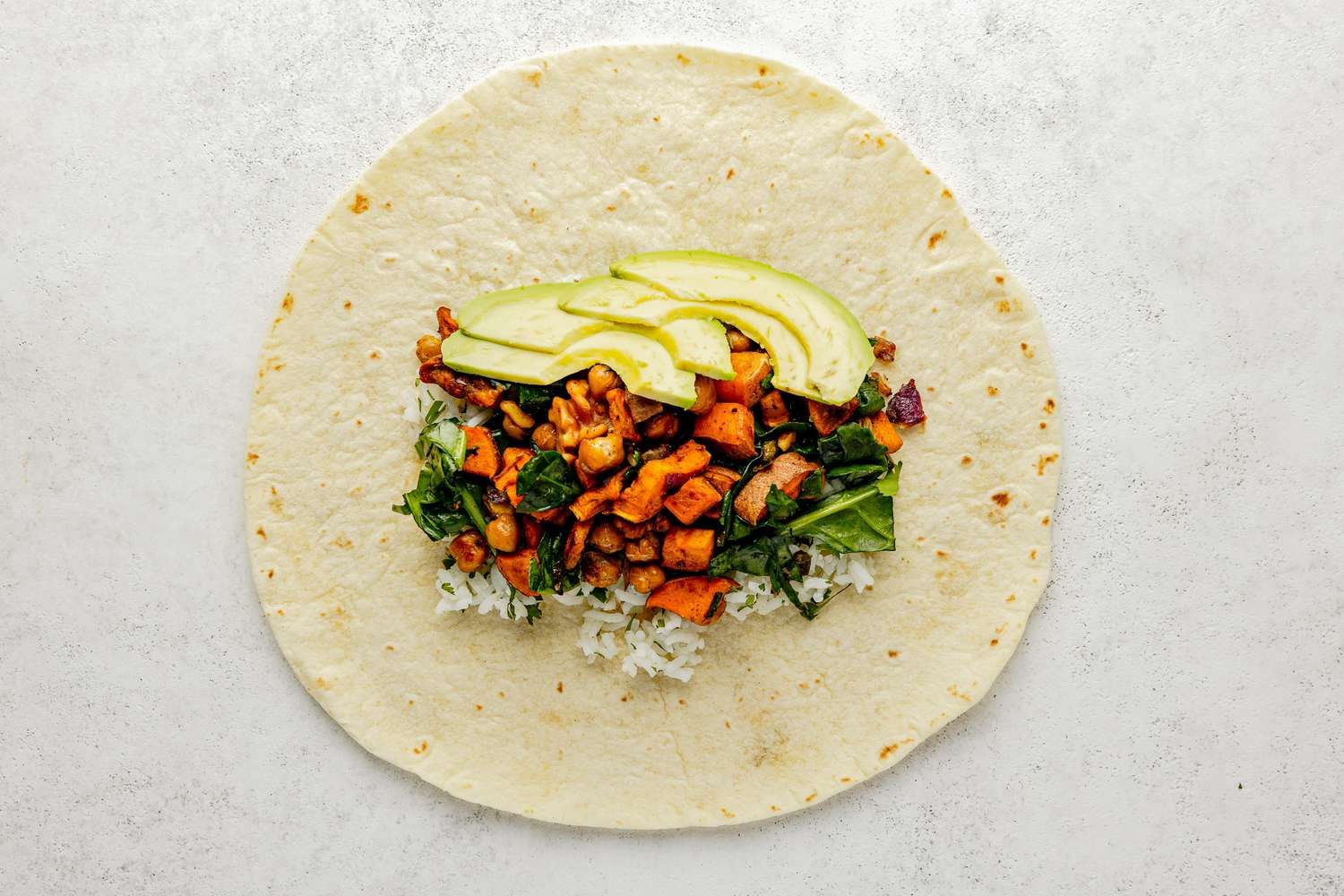Understanding Food Aversions
Food aversions can make mealtime a challenge, but with some creativity and flexibility, it’s possible to navigate through them and still enjoy a variety of foods. Whether it’s due to sensory issues, past negative experiences, or other reasons, food aversions can impact the way we eat. Here are some tips for managing food aversions and making mealtime more enjoyable.
Explore Alternative Ingredients
When dealing with food aversions, it’s important to be open to trying new ingredients. Experimenting with different flavors and textures can help expand your palate and make mealtime more interesting. Consider incorporating alternative ingredients such as plant-based proteins, gluten-free grains, and dairy-free options to create meals that align with your preferences.
Get Creative with Cooking Methods
Exploring different cooking methods can also help make food more appealing. Grilling, roasting, and sautéing can bring out unique flavors and textures in foods, making them more enjoyable for those with food aversions. Additionally, experimenting with herbs, spices, and marinades can add depth and complexity to dishes, making them more enticing.
Focus on Nutrient-Dense Foods
When dealing with food aversions, it’s important to prioritize nutrient-dense foods to ensure that you’re meeting your nutritional needs. Incorporating plenty of fruits, vegetables, lean proteins, and healthy fats can help support overall health while accommodating your food preferences.
Gradual Exposure
Gradual exposure to foods that you have an aversion to can help desensitize your taste buds and make those foods more palatable over time. Start by incorporating small amounts of the food into dishes and gradually increase the portion sizes as you become more comfortable with them.
Seek Support
Dealing with food aversions can be challenging, but you don’t have to navigate it alone. Consider seeking support from a registered dietitian or nutritionist who can provide personalized guidance and meal planning strategies tailored to your specific needs and preferences.
Embrace Variety
Embracing variety in your diet can help ensure that you’re getting a wide range of nutrients while accommodating your food aversions. Explore different cuisines and cooking styles to keep mealtime exciting and enjoyable.
Final Thoughts
Managing food aversions is possible with a bit of creativity and flexibility. By exploring alternative ingredients, getting creative with cooking methods, focusing on nutrient-dense foods, gradually exposing yourself to aversive foods, seeking support, and embracing variety, you can navigate food aversions while still enjoying a diverse and satisfying diet.
Remember, everyone’s relationship with food is unique, and it’s okay to have preferences and aversions. With the right approach, mealtime can be a positive and enjoyable experience, even with food aversions in the mix.


